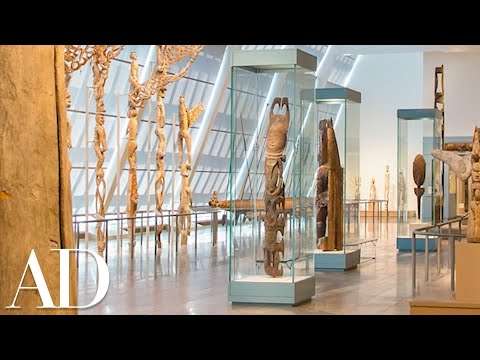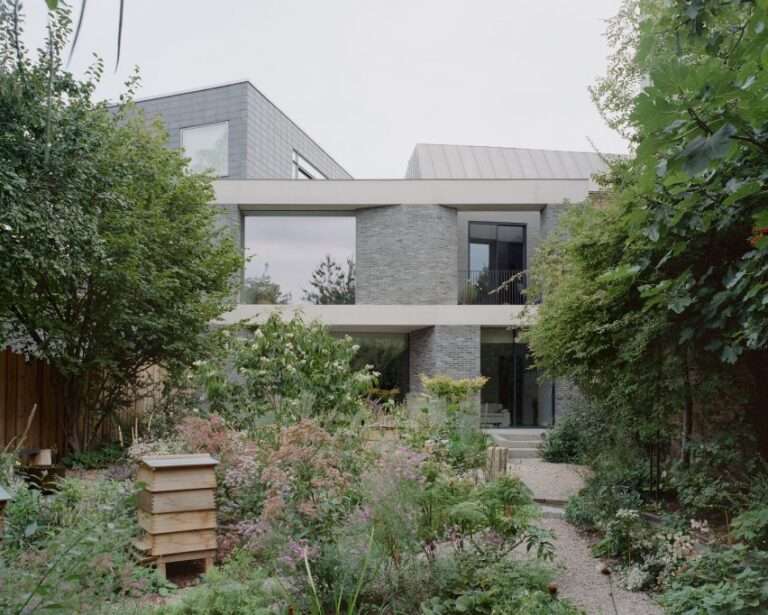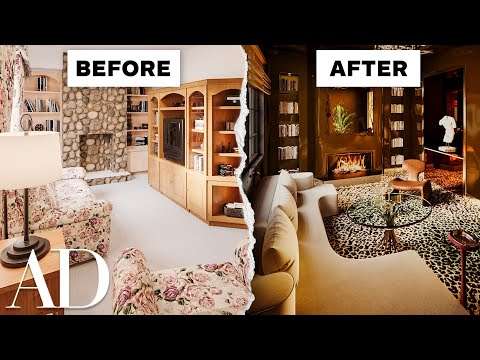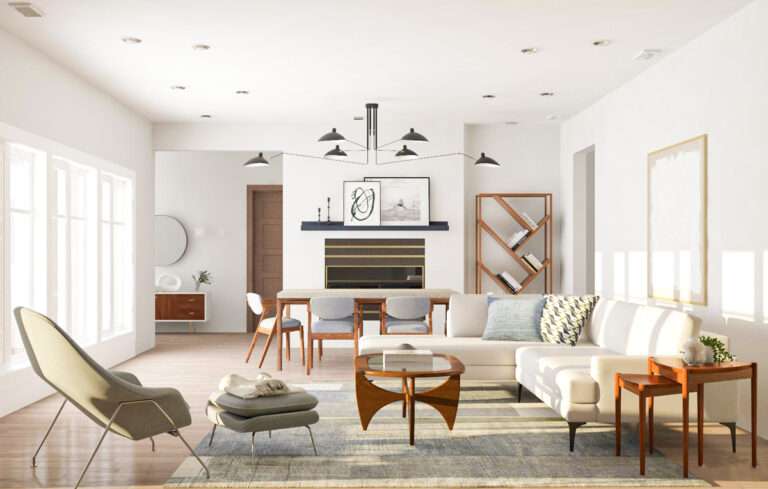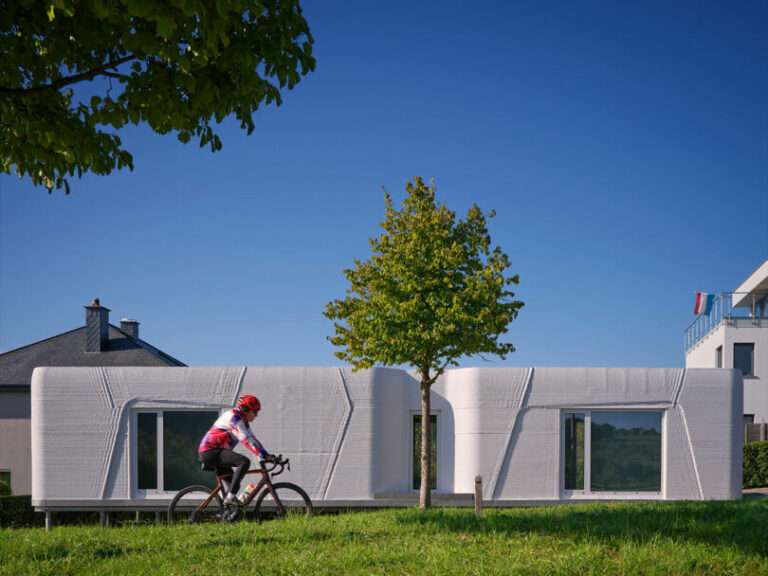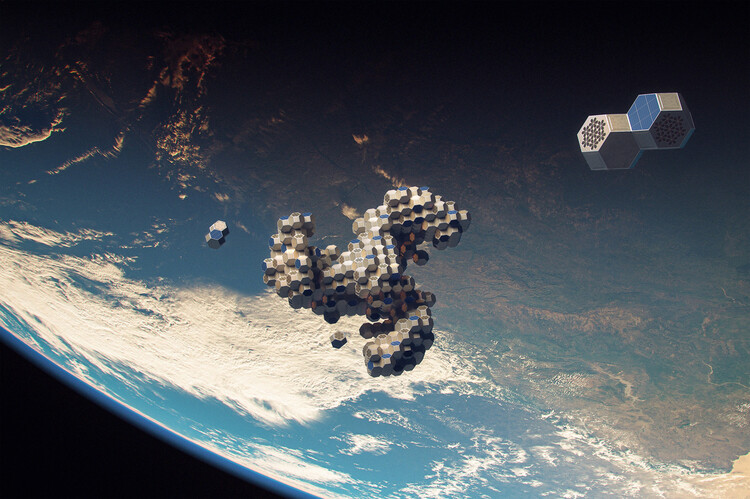
Architecture is likely to exist in any place or physical space inhabited by human beings. Moreover, our inherent curiosity and exploratory spirit constitute an integral aspect of our humanity. Fueled by our inventive capacity, drives us to venture into future scenarios that we can explore as individuals and as a society. Consequently, the possibility of a future in space has sparked the imagination of scientists and designers, resulting in conceptual and science fiction designs where human beings inhabit space.The inventive and imaginative human capacity can be traced through the work of artists such as Jean-Marc Côté, who, in the early 20th century, envisioned a series of retro-futuristic illustrations depicting what life would be like in the year 2000. There are also notable literary references, such as the works of Ursula K. Le Guin, renowned for her speculative fiction exploring humanity’s journey as a spacefaring species. Undoubtedly, the future and space are two captivating topics that have inspired the development of a long-term vision for society in space.
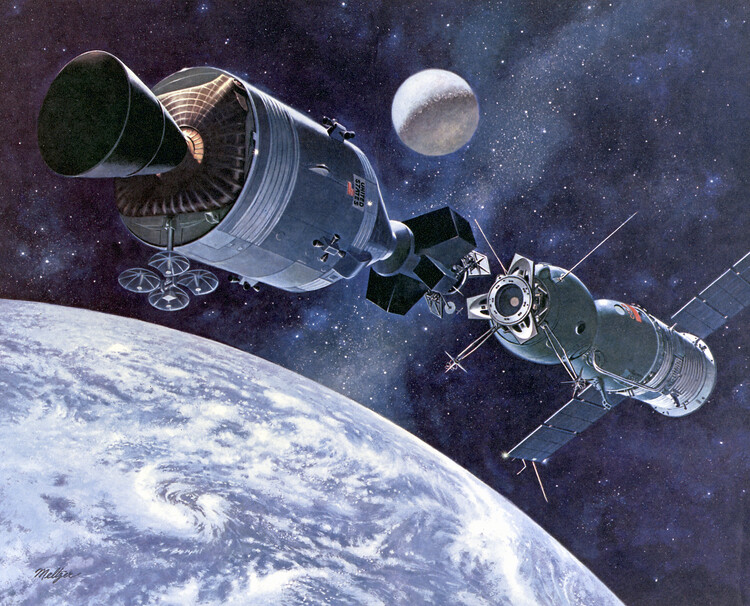
Throughout history, our species has witnessed significant advancements in space exploration, from programs like Soyuz-Apollo to Stanley Kubrick’s conceptual proposal for Space Station V —based on the ideas of Wernher von Braun— ultimately leading to the development of the International Space Station (ISS). With the Artemis program underway, the future of humanity in space is no longer mere speculation but a tangible possibility within reach for astronauts. This NASA program aims to establish a lunar outpost as a base for future missions, marking a significant milestone in our interplanetary endeavors. As we edge closer to becoming a spacefaring species through ambitious missions, new design proposals and research are emerging to redefine traditional notions of space habitats. In this context, Sana Sharma, Chief Design Officer of the Aurelia Institute, offers valuable insights into their innovative approaches aimed at creating an open-access community that supports humanity’s long-term vision of developing an interplanetary society.
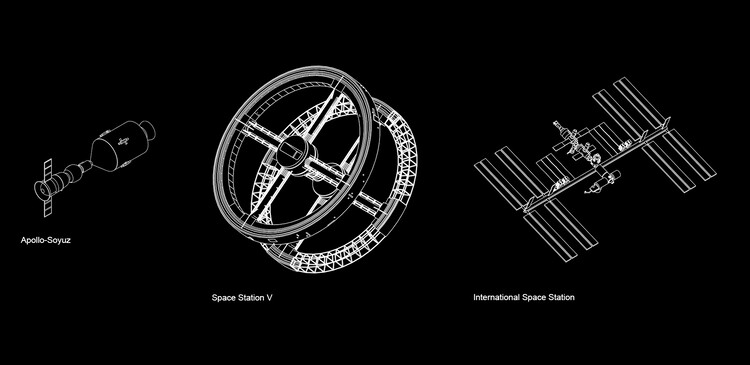
The vision of reconfigurable space habitability
The Aurelia Institute is a space architecture research and development lab whose mission is to prepare humanity to become a spacefaring species. To achieve this goal, the institute focuses on innovative habitat design, as well as education, outreach, and policy work. Unlike conventional visions, the institute brings together professionals from diverse backgrounds to establish an inclusive space culture, challenging the idea that only a few individuals can participate in space exploration.
 Courtesy of Aurelia Institute
Courtesy of Aurelia InstituteTESSERAE is an effort to move away from static, single-use habitats in favor of dynamic, modular space structures that can grow and evolve over the course of a mission. -Sana Sharma, Chief Design Officer
To achieve this new vision, the institute proposes the design of space habitats that promote scalable and sustainable living, breaking away from the current model of building and assembling structures in space. Instead of relying on fixed, rigid modules, it advocates for the future adoption of truly habitable structures capable of self-assembly, adaptation, and reconfiguration. These principles are embodied in TESSERAE (Tessellated Electromagnetic Space Structures for the Exploration of Reconfigurable, Adaptive Environments), which Sharma describes as “an effort to move away from static, single-use habitats in favor of dynamic, modular space structures that can grow and evolve over the course of a mission“.
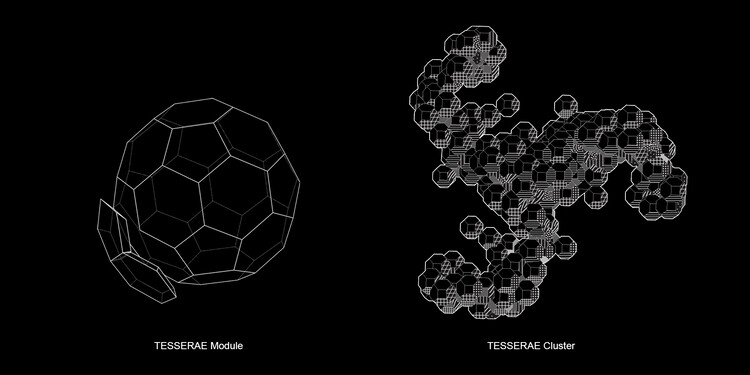
Conceived from the thesis research conducted by Dr. Ariel Ekblaw, CEO of the Aurelia Institute, at the MIT Media Lab, TESSERAE represents an innovative test case for reconfigurable space habitability. The fundamental unit of this three-dimensional structure is a buckyball, reminiscent of Richard Buckminster Fuller’s geodesic domes. This shape offers highly efficient space-filling options. Each face of the structure consists of tiles that come together to form the buckyball. These tiles can be flat-packed into a rocket’s payload and will autonomously self-assemble in orbit. The tiles incorporate electro-permanent magnets (EPMs) that control the bonding process, ensuring proper module self-assembly. By linking individual modules, larger clusters can be formed, enabling the structure to evolve organically over time and adapt to the specific needs of its occupants. Additionally, TESSERAE’s self-assembly approach mitigates the risks associated with astronaut extravehicular activities (EVAs).
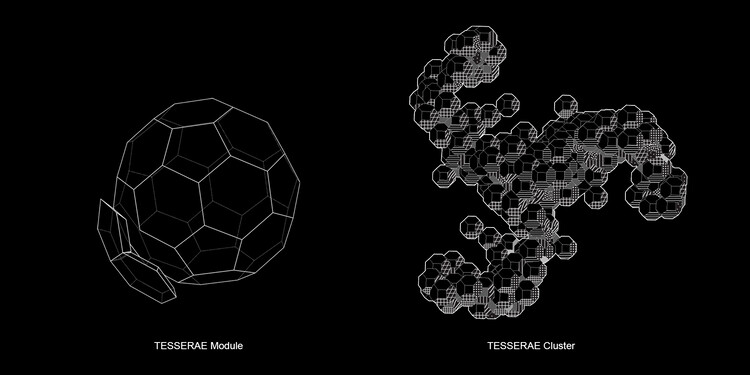
Sharma mentions that the Aurelia Institute “aims to achieve the truly grand orbital structures envisioned in science fiction but that is currently infeasible due to certain limitations”. These limitations include the amount of material that can be transported into space, the capacity for power generation and storage, as well as the single-use designs of current space habitats.
Use of materials and optimization of resources
One of the fundamental principles of architecture is its role as a shelter, which remains consistent in the case of TESSERAE. In this context, the tiles of TESSERAE will protect the inhabitants against the hostile conditions of space. To achieve this, the design will include at a minimum a rigid outer shell, responsive sensing and EPMs for bonding actuation, and an on-board power system.Regarding the efficient management of materials to prevent the structure’s components from becoming potential space debris, Sharma comments, “Ideally the tiles would be reusable and reconfigurable, either on orbit or when returning to the surface, as long as they are properly maintained. Understanding the life cycle of the TESSERAE tiles is an important component of our R&D and sustainability efforts at Aurelia.“
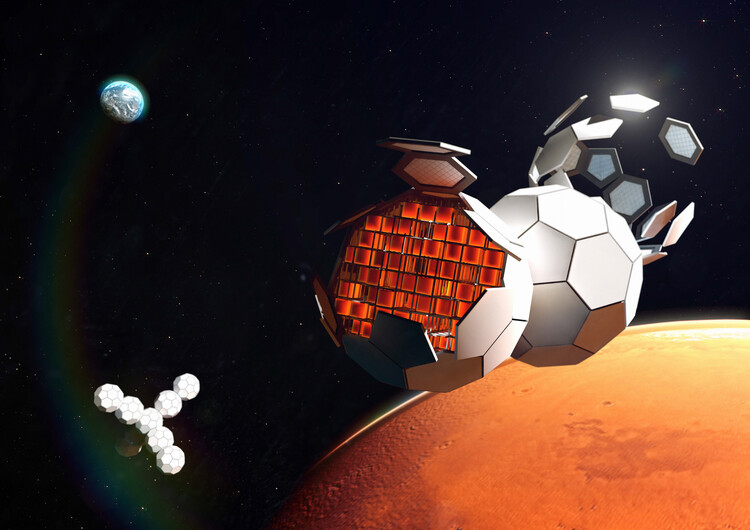
The conscious and sustainable use of materials has become a significant concern in the construction industry on Earth. Considering the need for space-grade materials that guarantee the safety of individuals in space, Sana Sharma states that initial versions of TESSERAE will utilize the Whipple shield approach currently used on the ISS. At the same time, they are continuously exploring advancements in materials science for new aerospace structures to ensure the use of high-efficiency materials.One of the goals in the reconfigurable design of TESSERAE is to prolong the structure’s lifespan while minimizing waste and reducing the carbon footprint associated with its manufacturing process. The team at the Aurelia Institute is actively exploring innovative options for interior elements and materials. Their objective is to devise ways in which the interior can be reconfigured to serve various functions within a module, while also researching materials that can be cultivated, crafted, or recycled in alignment with the principles of cradle-to-cradle design, promoting long-term use.
Advances in human-centered space architecture
In most architectural production, the human being takes center stage and becomes the main focus of the architectural process, as it is humans who inhabit the spaces. In this context, concepts such as the connection with the environment, ventilation, and natural light are often associated with architecture due to their significant contribution to people’s well-being. However, in the space environment, which is hostile and presents physiological and psychological challenges, compensating for the absence of these factors becomes crucial for the well-being of individuals in space.The team at Aurelia is leveraging experiential insights as they develop their future-facing habitats and interiors. Through experiential research, Sharma led an investigation effort at MIT called the “Astronaut Ethnography project” in which they interviewed astronauts, cosmonauts, and other individuals who have journeyed into space about their experiences off-world. This is considered to be an invaluable addition to the wealth of quantitative research on astronaut health that informs the design work at Aurelia. Through this research, they have gained insights into the variations in zero-gravity experiences, the impact of stress and loneliness on well-being, and how the crew utilizes their environment to take care of each other.
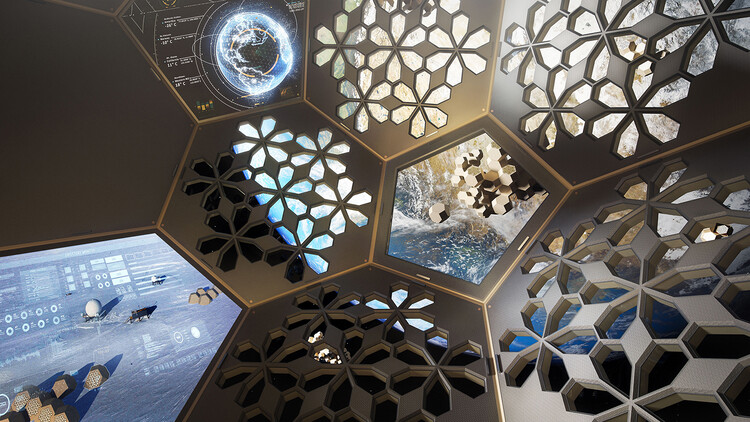
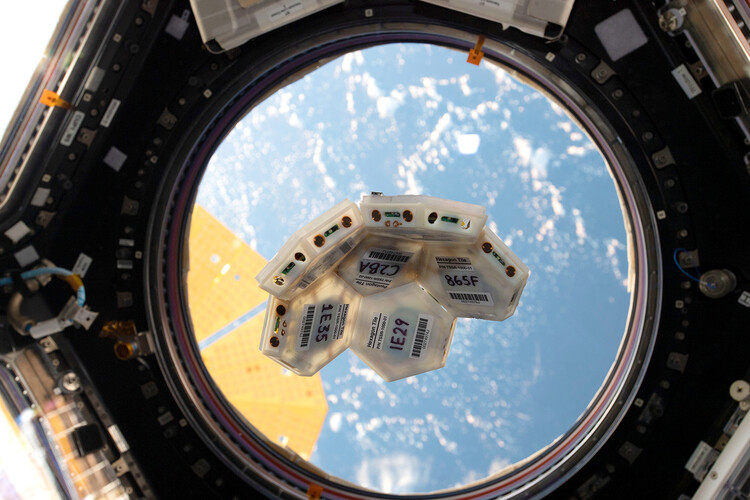
In addition to their research efforts, Aurelia’s work has been developed and tested in both terrestrial and space environments. In 2022, a research mission to the International Space Station (ISS) was carried out using the latest scaled version of the TESSERAE tiles. This 10-day mission was conducted in collaboration with SpaceX. The results of this research will enable the Aurelia Institute team to test larger tiles on future flight missions and perform demonstration assembly tests in orbit outside the ISS.
What’s exciting about right now is that we are rapidly moving from a time where space exploration was limited to only the few most resilient humans, to an era where increasing numbers of people from different backgrounds and training levels are going to space. -Sana Sharma, Chief Design Officer
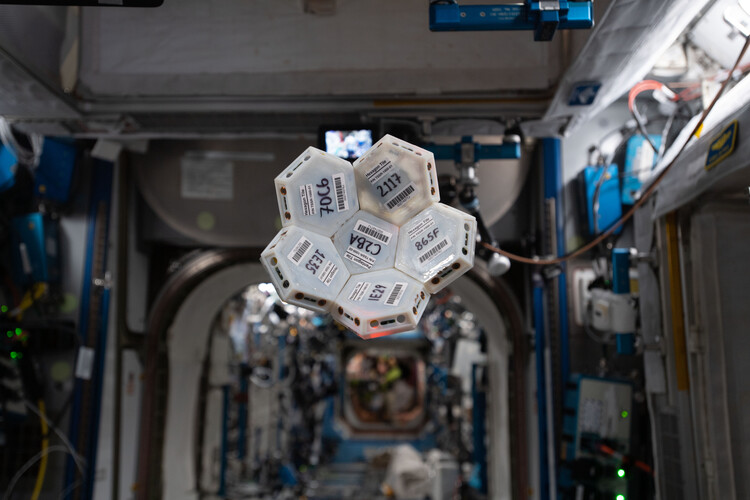
Meanwhile, at the Autodesk Technology Center Boston, Aurelia’s team has developed the TESSERAE pavilion, a full-scale terrestrial mockup of the modular and reconfigurable structure to showcase the multi-story interior designed for zero-gravity to an Earth-based audience. This mockup serves not only to understand the scale of each module but also to connect with designers, researchers, and the general public about the future of life in space. In addition, the first versions of the interior tiles have been tested in some experiments related to plants, food, and fermentation.
 Courtesy of Aurelia Institute
Courtesy of Aurelia Institute Courtesy of Aurelia Institute
Courtesy of Aurelia InstituteSharma notes, “The Green Vault is designed to highlight the importance of plants in zero-gravity environments, protecting and maintaining a variety of edible plants that are healthy and tasty. The fermentation station maintains the temperature and gas exchange of fermented foods within its chambers, harnessing microbes to grow nutritious, shelf-stable food when in zero gravity”. In conclusion, these interior tiles are part of a larger experience centered on the interior of the structure where growing, cooking, and consuming food and other essential activities will be developed for a long-term sustainable and resilient life in space for humans.
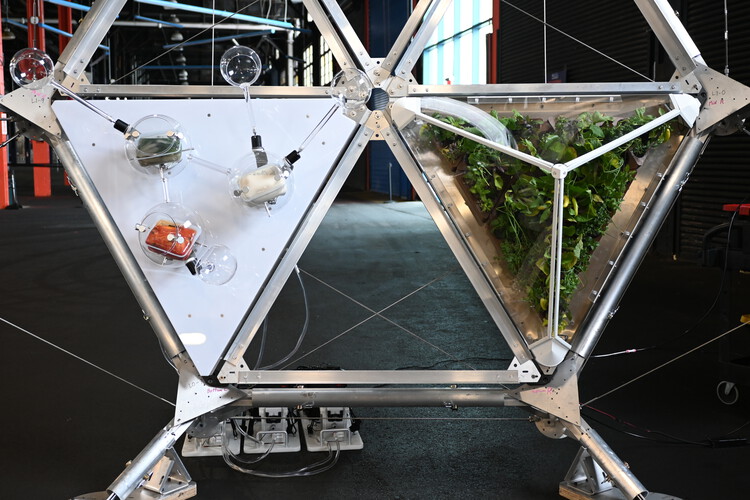
 Courtesy of Aurelia Institute
Courtesy of Aurelia InstituteIt seems that with the efforts of organizations like the Aurelia Institute, a discipline that was previously seen as disconnected from non-space-related fields will become more accessible, fostering inclusivity by embracing diverse backgrounds and fields of knowledge. This will give rise to new questions in this field. Will space habitats go beyond their original concept and become homes for multiple generations? What role will architecture play in the development of an extra-planetary society?The structures envisioned in science fiction and conceptual designs are within reach for our generation. As new materials and building systems are developed in parallel to space structures, our relationship with space evolves and deepens. Sana Sharma anticipates “a new vocabulary for space architecture: one that takes into account the diversity of peoples and experiences going to space”.
 Courtesy of Aurelia Institute
Courtesy of Aurelia InstituteThe act of inhabiting is a fundamental characteristic of humanity, and therefore, it is necessary to design spaces that can accommodate the diverse expressions associated with being human. While Earth will continue to be the cradle and foundation of humanity, through TESSERAE, the Aurelia Institute envisions “more people to feel that they can be part of humanity’s space future; both participating in it and building it.” With the private industry now developing around space exploration, we may stand at the threshold of new opportunities that will shape a fresh concept of architecture, characterized by its style, paradigms, and challenges.
